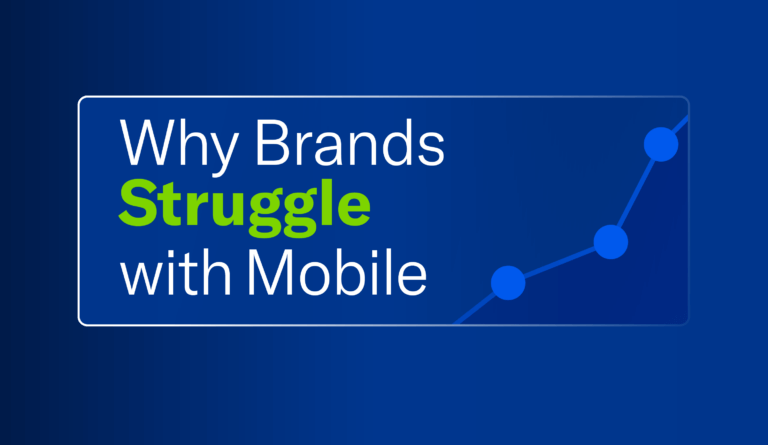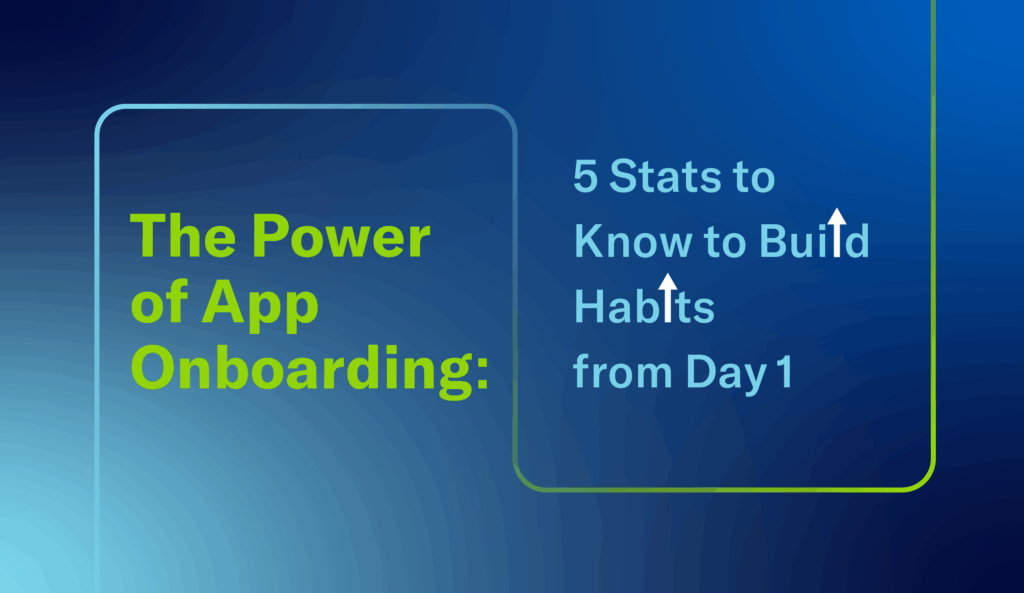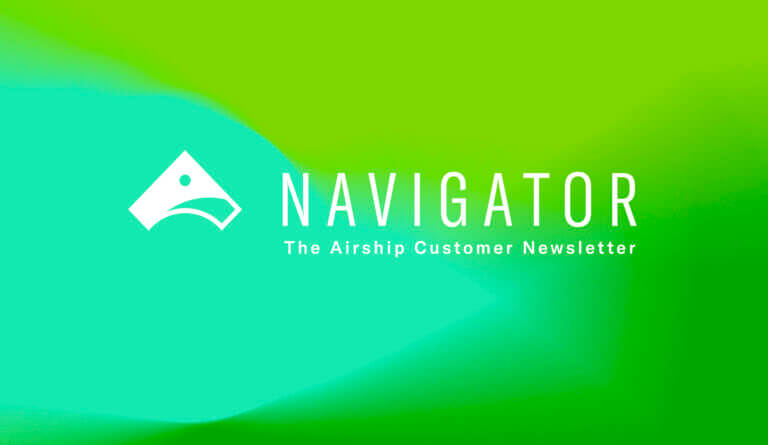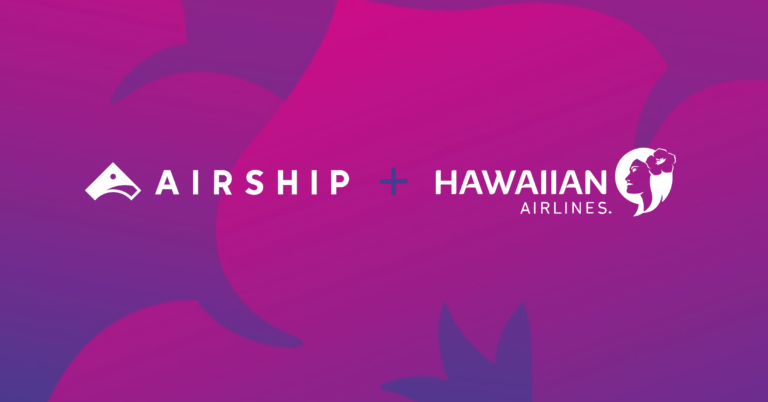
The Power of App Onboarding: 5 Stats to Know to Build Habits From Day 1

Jennie Lewis Sr Manager, Customer Insights

Share to my network
In this article
Categories
Book a meeting
Connect with our team of experts to discuss your conversion and loyalty goals, and how we can help you achieve them faster.
Get a demoAs acquisition costs continue to rise and organic referral traffic declines, first impressions are everything. You have minimal time to capture customer attention and prove the value of your app offerings. That’s why app onboarding has become more important than ever, offering the first chance to showcase what customers will gain from ongoing use. More importantly, effective onboarding lays the groundwork for you to connect seamlessly with customers across channels and devices in the future.
To help you understand the importance of app onboarding to activate customers and create the foundation for a successful cross-channel strategy, we’ve curated a list of key stats to know, based on customer research from the world’s leading brands.
Apps running onboarding campaigns can see:
1. 40% Increase in Opt-In Rates Over the Category Average
App onboarding is the first opportunity to encourage new users to opt into push notifications. Early opt-in matters because it allows you to maximize reach from the get-go and keep your brand top-of-mind throughout the app lifecycle. To secure the opt-in effectively, you don’t want to overwhelm new users too early. An onboarding campaign gives them time and space to become familiar with your app, so they understand the value of opting-in to communications.
During a recent webinar with The Boston Globe, we explored how introducing an app tutorial designed to guide new users through alert set-ups resulted in thousands more opting into notifications within days. Airship research supports this finding with apps running onboarding campaigns seeing new users opt into push 22% faster than apps that don’t.
2. 49% Increase in the Day 30 Activation Rate Over the Category Average
The Day 30 Activation Rate measures how many customers return to the app on the 30th day after download. It’s calculated using the download date and subsequent app sessions.
Our research shows that customer interaction wanes in the first two days after download with app sessions dropping by 6% between Day 1 and Day 2. The days after download with the highest potential impact on activation rate are days 3, 7, 13, 14, 20, 21, 27, 28, and 29. If you want to build an onboarding campaign that supports long-term app usage, it should continue through the first 30 days after download, rather than stopping after the first week. Customers need the opportunity to experience the value of the app at every touchpoint during the critical first days.
3. 55% More Sessions Than Category Averages
Every session is an opportunity to deliver unique value to your customers and drive repeat conversions and loyalty. Done right, an app onboarding experience can set up a habit of engagement by providing users with all the information and tools they need to unlock the most convenience and value out of your app — increasing total sessions. In fact, top performers will see 5X more sessions than the category average.
Consider the following onboarding flow:
App users walk away with an understanding of what they can do on the app, how they can earn rewards from repeat usage and app-exclusive perks to incentivize returns.
4. 73% Average Increase in Identified User Coverage
Converting anonymous browsers into known customers allows you to stitch together data from different channels to build more robust customer profiles, unify experiences across channels and reduce disconnected or repetitive communications. An onboarding campaign allows you to get the ask for signing in right so you can start building profiles right away.
Loyalty programs provide a common way to turn anonymous shoppers into known customers. Consider highlighting the perks of program enrollment during your onboarding campaign, whether it’s discounts, early access to new products or services or other perks.
5. 35% Increase in Engagement Score Than Category Averages
Your Engagement Score is the ratio of Daily Active Users (DAU) to Monthly Active Users (MAU), measuring how many monthly active users return daily. The higher your engagement score, the more often your active users are returning to your app. While there are many factors contributing to repeat app usage, our research shows that onboarding campaigns can be a big driver.
Beyond highlighting the value of your app, onboarding is an opportunity to gather preferences and deepen personalization. For example, you can collect zero-party data with a survey about content or product preferences to begin building an understanding of what app users might want to see from you. Capturing these insights early on helps you build initial segments to test messages and experiences, and understand what works best for your audience. This paves the way for deeper engagement down the line.
Optimize Your App Onboarding Experience With Airship
If you’re interested in better understanding any of the findings above or how you can build an onboarding experience that supports your unique conversion and loyalty goals, send us a note here and we’ll be in touch. We also have Strategic Services available to help guide you in developing better mobile app experience for your customers and your brand.
For a deeper dive, check out our Mobile Lifecycle Benchmarks for Activation and Engagement.

